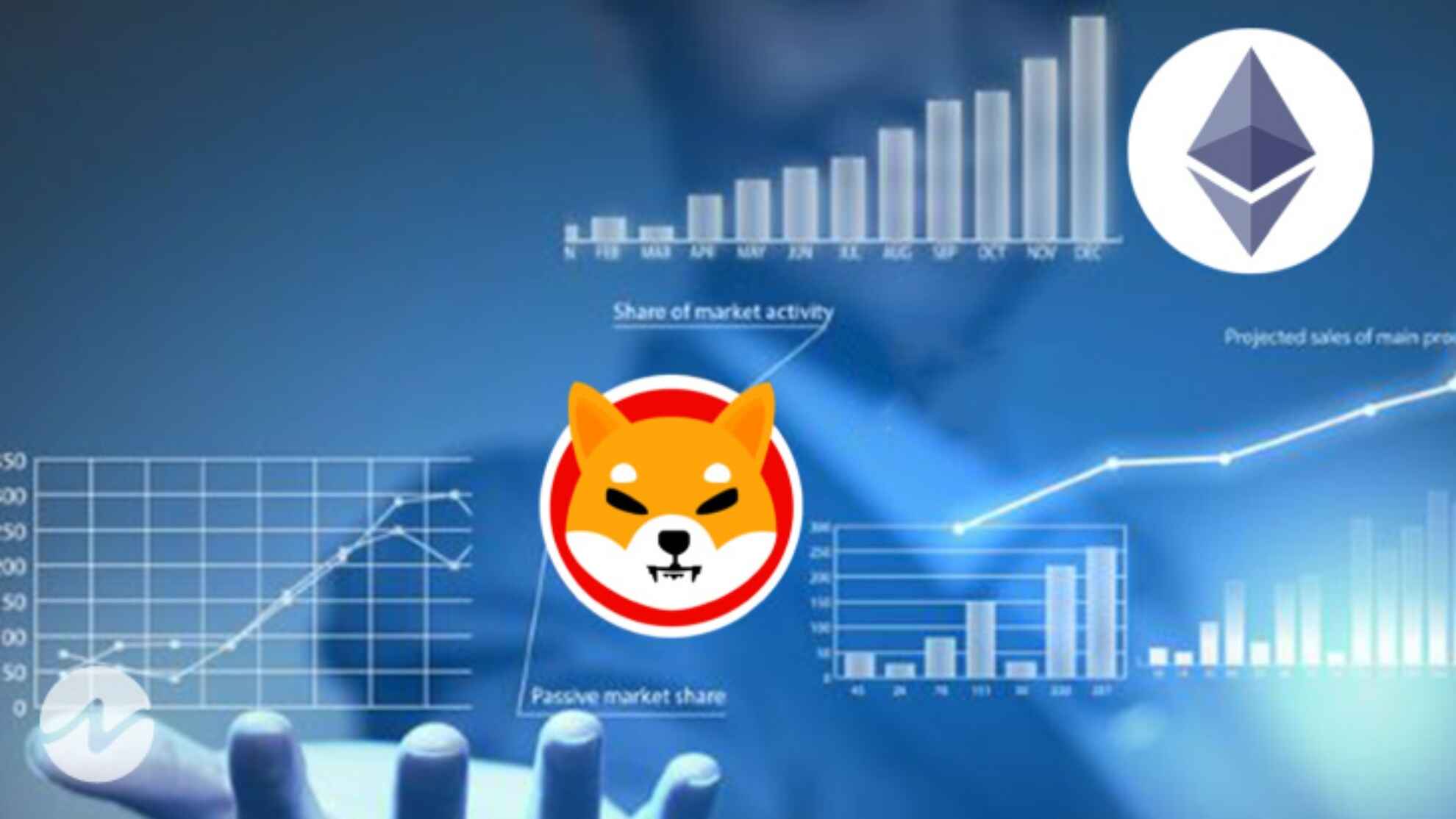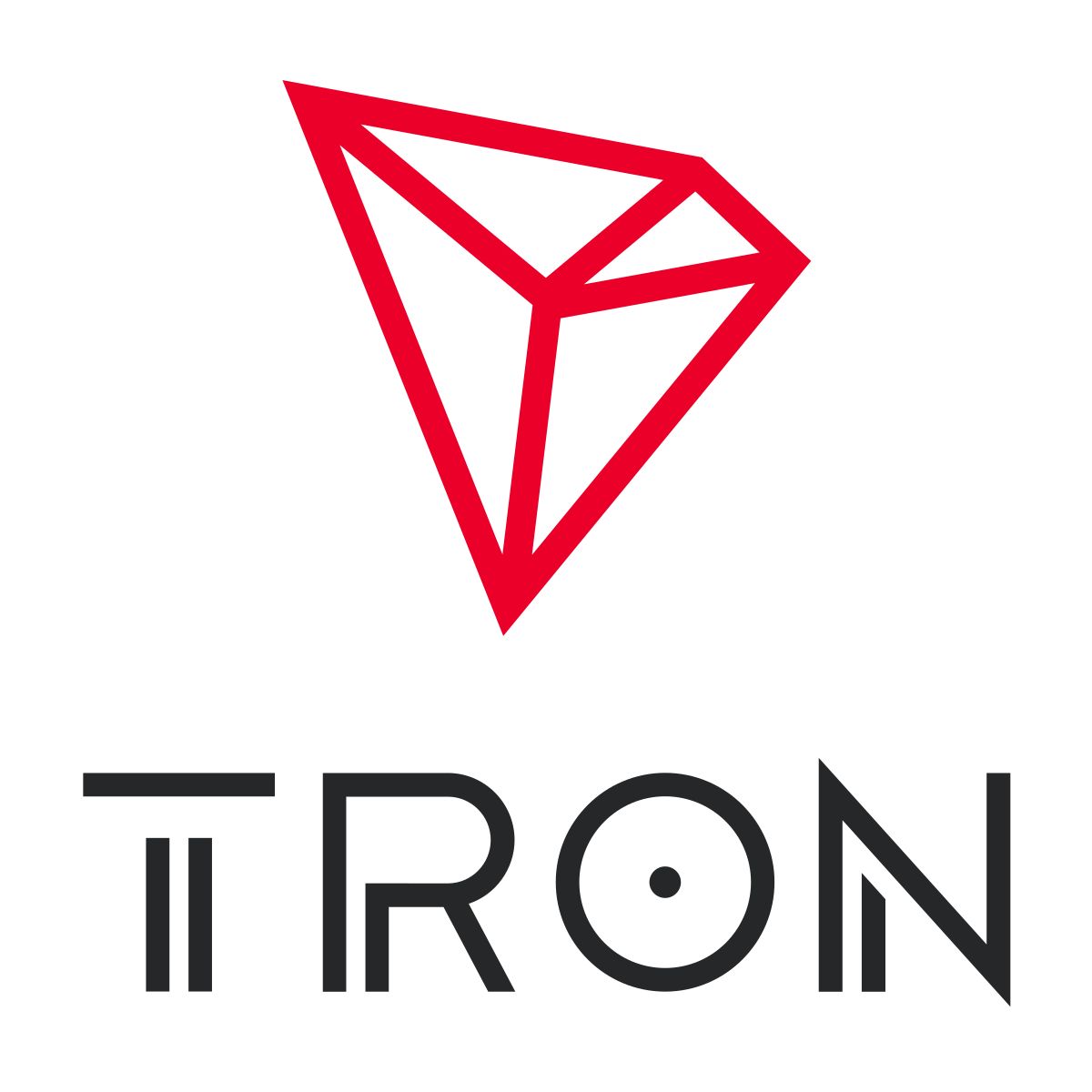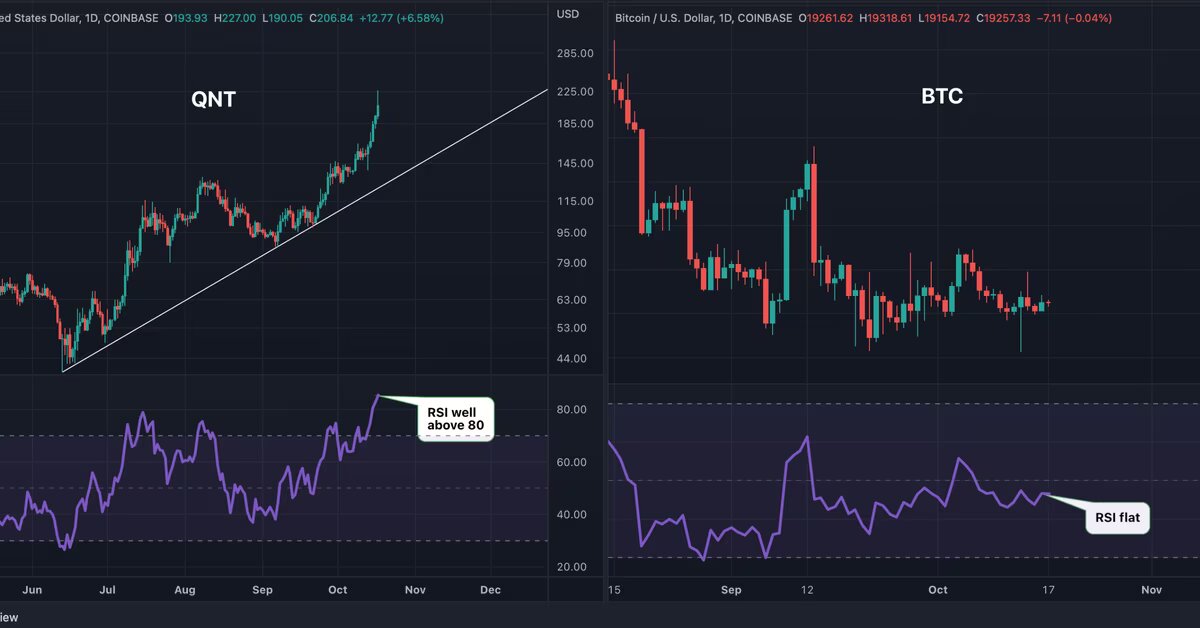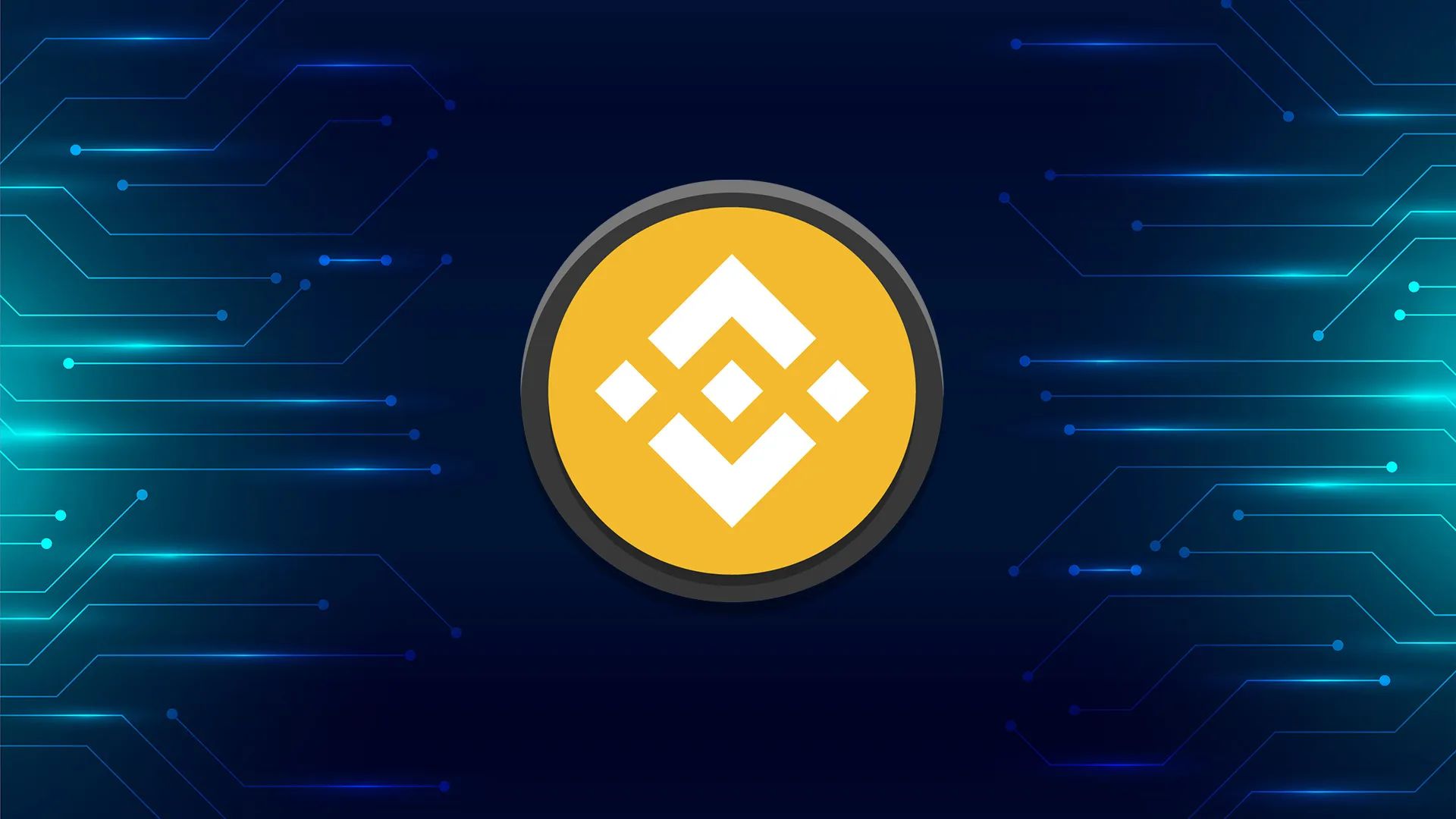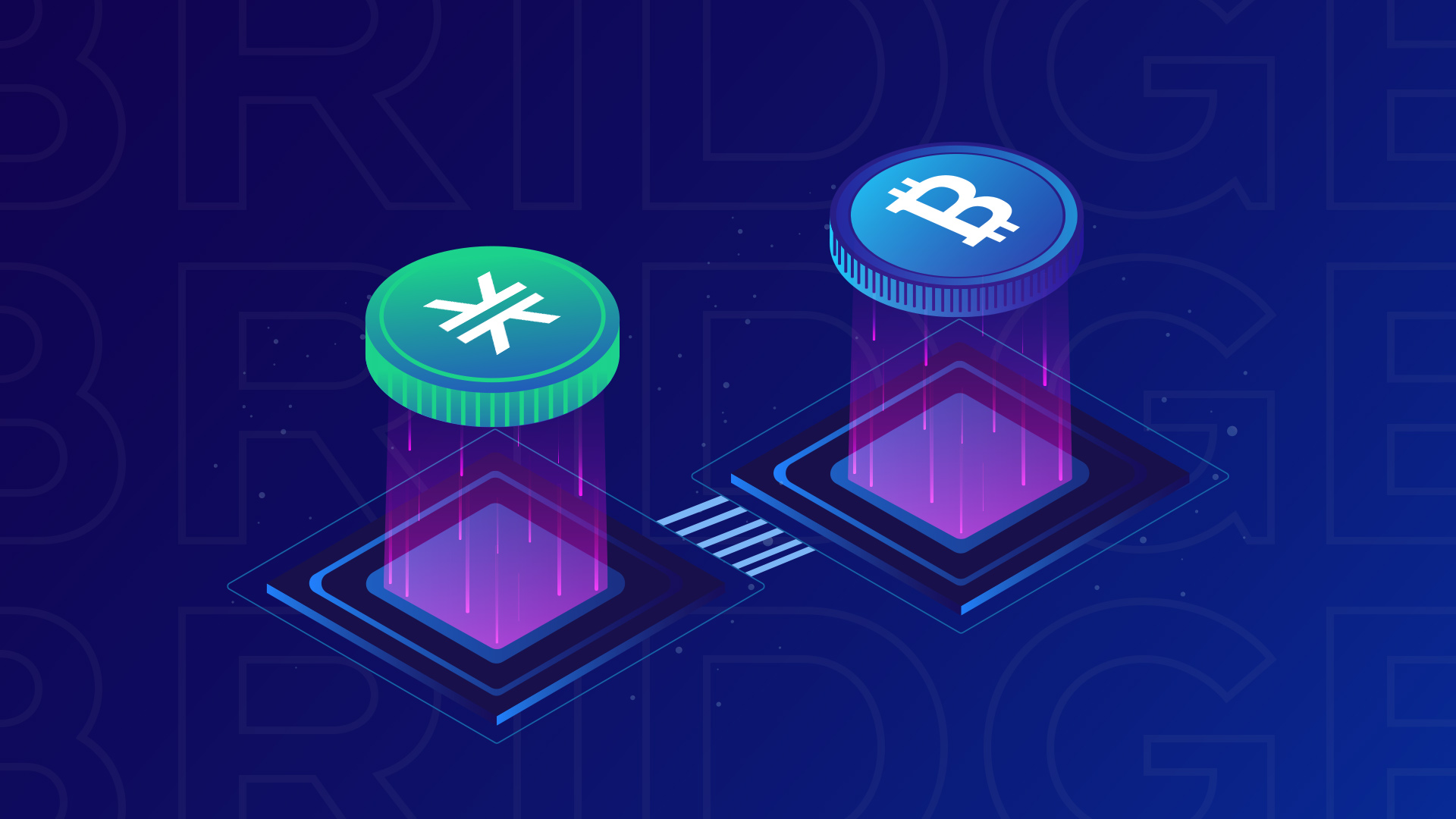Introduction
Welcome to the world of blockchain ecosystems! In today’s digital age, where trust, transparency, and security are critical, blockchain technology has emerged as a revolutionary solution. Blockchain ecosystems offer a decentralized and distributed approach to record and verify transactions, making them tamper-proof and secure.
But what exactly is a blockchain ecosystem? Simply put, it is a network of interconnected blockchain platforms, applications, and participants that work together to create a robust ecosystem. These ecosystems harness the power of blockchain technology to enable secure and efficient transaction processing, data sharing, and collaboration.
The concept of a blockchain ecosystem revolves around the principles of decentralization, transparency, and consensus. Instead of relying on centralized authorities or intermediaries, blockchain ecosystems operate on a peer-to-peer network, where each participant holds a copy of the shared ledger. This distributed ledger ensures that all transactions and data are transparently and immutably recorded, eliminating the need for trust in individual entities.
Blockchain technology, the underlying technology of these ecosystems, is a decentralized ledger that stores and records transactions across multiple computers, known as nodes. Each transaction, or block, is linked to the previous one, forming a chain of blocks. This chain of blocks is highly secure and resistant to tampering, making it an ideal solution for various industries and applications.
In this article, we will explore the key components of a blockchain ecosystem, the benefits it offers, as well as the challenges and limitations it may face. We will also delve into some real-world examples of successful blockchain ecosystems. So, let’s dive deeper into the world of blockchain technology and uncover the potential of these ecosystems in shaping our digital future.
What is a Blockchain Ecosystem?
A blockchain ecosystem is a dynamic network of interconnected blockchain platforms, applications, and participants that collaborate to create a seamless and secure digital environment. It is based on the principles of decentralized governance, transparency, and immutability, enabled by the underlying blockchain technology.
In a blockchain ecosystem, multiple participants, known as nodes, contribute their computing power to maintain and validate the network. These participants can be individuals, organizations, or even autonomous devices that interact with each other through smart contracts, which are self-executing contracts with predefined rules encoded on the blockchain.
One of the defining features of a blockchain ecosystem is the shared ledger, also known as the blockchain, which stores all transactions in a transparent and secure manner. This ledger maintains a chronological record of all transactions that have occurred within the ecosystem and is accessible to all participants. Every transaction is encrypted, ensuring its integrity and immutability.
Additionally, a blockchain ecosystem operates on a consensus mechanism, which is a set of rules that determine how decisions are made within the network. The most common consensus mechanism used in blockchain ecosystems is proof-of-work (PoW) or proof-of-stake (PoS), where participants must solve complex mathematical problems or stake a certain amount of cryptocurrency to validate transactions and earn rewards.
Blockchain ecosystems can be public, allowing anyone to join and participate, or private, restricted to specific participants. Public blockchain ecosystems, like Bitcoin and Ethereum, offer an open and permissionless environment, facilitating global participation and transparency. On the other hand, private blockchain ecosystems are designed for specific organizations or groups, enabling more control and privacy.
Furthermore, a blockchain ecosystem may also include decentralized applications (dApps), digital wallets, and various other components that enable users to interact with the network and carry out transactions securely. These applications leverage the capabilities of blockchain technology to innovate and transform traditional processes across industries such as finance, supply chain, healthcare, and more.
Overall, a blockchain ecosystem provides a decentralized and trustless infrastructure, where participants can transact, collaborate, and exchange value without relying on intermediaries. It offers increased security, efficiency, and transparency, paving the way for the future of digital transactions and decentralized applications. As blockchain technology continues to evolve, we can expect more sophisticated and interconnected blockchain ecosystems to emerge, revolutionizing various sectors and reshaping our digital landscape.
Blockchain Technology
Blockchain technology serves as the foundation of blockchain ecosystems, enabling secure and transparent transaction validation and record-keeping. It is a distributed ledger technology that allows multiple parties to maintain a synchronized and tamper-resistant record of transactions.
At its core, a blockchain is a chain of blocks, where each block contains a set of transactions. These blocks are linked together using cryptographic hashes, creating an immutable and transparent ledger. Each block contains a unique identifier, timestamp, and a reference to the previous block, ensuring the integrity and chronological order of the transactions.
One of the key features of blockchain technology is its decentralization. Rather than relying on a central authority, blockchain ecosystems operate on a peer-to-peer network, where participants, or nodes, validate and maintain the ledger collectively. This decentralization eliminates the need for intermediaries and empowers participants with control over their own data and transactions.
Another important aspect of blockchain technology is its transparency. The distributed ledger ensures that all participants have access to the same updated version of the blockchain, creating a transparent and auditable record of transactions. This transparency promotes trust and accountability within the ecosystem, as every transaction is visible to all participants.
Additionally, blockchain technology provides a high level of security. Transactions recorded on the blockchain are encrypted and linked to previous blocks, making it extremely difficult for malicious actors to tamper with the data. The decentralized nature of blockchain ecosystems also reduces the vulnerability to single points of failure and cyberattacks.
Blockchain technology also offers the ability to execute smart contracts, which are self-executing agreements with predefined rules encoded on the blockchain. Smart contracts automate processes and enable secure and transparent interactions between parties without the need for intermediaries. They can be programmed to trigger actions based on predefined conditions, ensuring the execution of agreements in a trustless and automated manner.
Furthermore, blockchain technology enables the use of cryptocurrencies, such as Bitcoin and Ethereum. These digital currencies leverage blockchain technology to enable secure peer-to-peer transactions without the need for traditional banking intermediaries. Cryptocurrencies provide an alternative form of digital money and facilitate seamless cross-border transactions within blockchain ecosystems.
Overall, blockchain technology is a powerful and disruptive innovation that ensures transparency, security, and decentralization within blockchain ecosystems. Its ability to provide a tamper-proof and transparent ledger, execute smart contracts, and enable the use of cryptocurrencies has the potential to revolutionize various industries and reshape the way we transact and interact in the digital world.
Key Components of a Blockchain Ecosystem
A blockchain ecosystem comprises several key components that work together to create a robust and efficient network. These components play a crucial role in ensuring the integrity, security, and functionality of the ecosystem. Let’s explore the essential elements of a blockchain ecosystem:
- Blockchain: The shared ledger, or blockchain, is a foundational component of the ecosystem. It is a distributed and immutable database that records all transactions within the network. The blockchain ensures transparency and security, as each transaction is cryptographically linked to the previous ones, making it extremely difficult to alter or tamper with the recorded data.
- Nodes: Nodes are individual participants or computers connected to the blockchain network. They store and maintain a copy of the entire blockchain, validating and verifying transactions. Nodes play a vital role in achieving consensus within the ecosystem, ensuring that all participants have an updated and consistent copy of the blockchain.
- Consensus Mechanism: Consensus mechanisms are rules or algorithms that govern how nodes agree on the validity of transactions and maintain the integrity of the blockchain. Popular consensus mechanisms include Proof-of-Work (PoW) and Proof-of-Stake (PoS), which require nodes to provide computational resources or stake their cryptocurrency as a guarantee of their honesty and participation in the network.
- Smart Contracts: Smart contracts are self-executing agreements with predefined rules encoded on the blockchain. They facilitate automated processes and enforce the terms of an agreement between parties without the need for intermediaries. Smart contracts enable secure and transparent interactions within the ecosystem, reducing the risk of fraud and enhancing efficiency.
- Decentralized Applications (dApps): Decentralized applications are software applications that run on top of the blockchain. They leverage the transparent and secure nature of the blockchain to enable various functionalities and services. dApps ensure the seamless interaction of participants within the ecosystem, ranging from financial transactions to supply chain management and more.
- Cryptocurrency: Cryptocurrencies, such as Bitcoin and Ethereum, are digital currencies that operate on blockchain technology. They enable seamless and secure peer-to-peer transactions within the ecosystem, eliminating the need for traditional financial intermediaries. Cryptocurrencies serve as a medium of exchange and incentivize participants for their contributions to the network.
- Identity Management: Identity management systems ensure the authentication and verification of participants within the blockchain ecosystem. Blockchain-based identity management solutions offer privacy, security, and control over personal data. These systems provide participants with unique digital identities, reducing the risk of identity theft and fraud.
- Governance: Governance mechanisms establish rules, policies, and decision-making processes within the blockchain ecosystem. They enable the participation and collaboration of different stakeholders, ensuring the smooth functioning and evolution of the network. Decentralized governance models empower participants to have a say in the development and decision-making processes of the ecosystem.
These key components work hand in hand to create a secure, transparent, and efficient blockchain ecosystem. The combination of distributed ledger technology, smart contracts, decentralized applications, and consensus mechanisms enables secure, transparent, and trustless interactions within the ecosystem. As blockchain technology continues to evolve, innovative components and functionalities are expected to emerge, expanding the potential applications and impact of blockchain ecosystems in various industries.
Blockchain Applications
Blockchain technology has the potential to revolutionize various industries by offering innovative solutions that enhance security, transparency, efficiency, and trust. Let’s explore some of the key applications of blockchain technology:
- Finance and Banking: The financial sector is one of the prominent areas where blockchain technology is making a significant impact. Blockchain-based digital currencies, such as Bitcoin, Ethereum, and stablecoins, enable secure and efficient peer-to-peer transactions, reducing the need for traditional intermediaries. Blockchain also facilitates faster cross-border payments, eliminates fraud and counterfeit through transparent transaction records, and enhances financial inclusion for the unbanked population.
- Supply Chain Management: Blockchain technology provides transparency and traceability in supply chain management. It enables the seamless tracking of goods, verifying their origin, quality, and authenticity. Blockchain ensures increased trust and efficiency by reducing fraud, counterfeiting, and tampering. Additionally, it streamlines supply chain processes by automating documentation, inventory management, and payment transactions between parties.
- Healthcare: Blockchain technology offers secure and interoperable health data exchange. It allows patients to have control over their medical records, granting permission to healthcare providers for access. Blockchain enhances privacy and security by encrypting and protecting sensitive health information. Additionally, it enables efficient management of clinical trials, drug supply chain integrity, and authentication of medical devices.
- Identity Verification: Blockchain technology provides a robust framework for identity management and verification. It enables individuals to have control over their personal data and selectively share it with trusted parties. Blockchain-based identity management systems offer increased security, privacy, and protection against identity theft and fraudulent activities. They also facilitate seamless and secure digital onboarding and authentication processes.
- Real Estate: Blockchain technology offers transparency and efficiency in real estate transactions. It simplifies property title transfers, ensuring the accuracy and integrity of ownership records. Blockchain-based smart contracts automate and enforce real estate agreements, facilitating faster and more secure transactions. Blockchain also enables fractional ownership and enhances liquidity in real estate investments.
- Energy and Utilities: Blockchain technology plays a crucial role in optimizing energy distribution and enabling peer-to-peer energy trading. It facilitates transparent and secure energy transactions, tracking energy production, consumption, and billing. Blockchain-based energy platforms incentivize renewable energy generation and encourage energy efficiency through the use of smart contracts and tokenized reward systems.
- Legal and Intellectual Property: Blockchain technology provides a secure and transparent platform for managing legal documents, contracts, and intellectual property rights. Smart contracts on the blockchain automate and enforce contractual agreements, reducing the need for intermediaries. Blockchain-based systems offer immutable records of ownership, copyrights, patents, and trademarks, protecting intellectual property rights and simplifying the licensing and royalty distribution process.
- Voting Systems: Blockchain technology offers secure and transparent voting systems, enhancing the integrity and trust in electoral processes. Blockchain-based voting platforms enable verifiable and tamper-proof records of votes, ensuring accuracy and eliminating fraudulent practices. It also enhances voter privacy and enables real-time monitoring of election results.
These are just a few examples of the wide range of applications that blockchain technology can bring to various sectors. As the technology continues to evolve and mature, we can expect more innovative use cases to emerge, transforming industries and enhancing the way we conduct business, govern, and interact in our digital world.
Benefits of a Blockchain Ecosystem
A blockchain ecosystem offers numerous benefits that revolutionize the way transactions are conducted, data is stored, and trust is established. Here are some of the key advantages of a blockchain ecosystem:
- Decentralization: The decentralized nature of a blockchain ecosystem eliminates the need for intermediaries, such as banks or government institutions. Transactions can be carried out directly between participants, reducing costs, delays, and potential points of failure. Decentralization also enhances data security by eliminating central targets for hacking or unauthorized access.
- Transparency: Blockchain ecosystems provide transparent and auditable records of all transactions. Every transaction is cryptographically linked and recorded on the blockchain, creating an immutable and transparent ledger. This transparency fosters trust among participants, as it allows verification and validation of transactions without the need for intermediaries.
- Security: Blockchain technology employs advanced cryptography and decentralized consensus mechanisms to ensure the security of transactions and data. The distributed nature of blockchain ecosystems makes it extremely difficult for malicious actors to tamper with the recorded information. Additionally, the use of cryptographic encryption provides an added layer of protection for sensitive data.
- Efficiency: Traditional processes that involve intermediaries, paperwork, and manual verifications can be time-consuming and prone to errors. Blockchain ecosystems streamline and automate these processes through smart contracts and self-executing agreements. This automation reduces the need for manual intervention, speeds up transaction processing, and eliminates the potential for human errors.
- Cost Savings: By eliminating intermediaries and automating processes, blockchain ecosystems can reduce costs associated with transaction fees, document processing, and reconciliation. The removal of intermediaries also minimizes the risks of fraud and dispute resolution, resulting in significant cost savings for businesses and individuals.
- Enhanced Privacy: Blockchain ecosystems can provide privacy features that allow participants to have control over their data. While blockchain transactions are transparent, participants can maintain privacy through the use of pseudonyms, encryption, and permissioned access. This gives individuals greater control over their personal information while still benefiting from the transparency and security of the blockchain.
- Trust and Accountability: Blockchain ecosystems create trust among participants by removing the need for trust in individual entities. The transparent and immutable nature of the blockchain enables participants to independently verify transactions and ensure their integrity. This fosters trust and accountability within the ecosystem, as all participants have access to the same, validated information.
- Innovation and Collaboration: Blockchain ecosystems provide a fertile ground for innovation and collaboration. They enable developers and entrepreneurs to create and deploy decentralized applications (dApps) that leverage the unique features of the blockchain. These ecosystems encourage collaboration by allowing participants to contribute, validate, and improve the ecosystem through consensus-based decision-making processes.
- Global Accessibility: Public blockchain ecosystems are accessible to anyone with an internet connection, making them a powerful tool for financial inclusion. Individuals in underprivileged areas can participate in cross-border transactions, access financial services, and prove their identity using blockchain technology, even without traditional bank accounts.
These benefits collectively contribute to the transformative potential of blockchain ecosystems across industries. With increased security, efficiency, transparency, and trust, blockchain ecosystems are poised to revolutionize traditional systems and empower individuals and businesses to transact and collaborate seamlessly in the digital age.
Challenges and Limitations of a Blockchain Ecosystem
While blockchain technology offers numerous advantages, it also faces certain challenges and limitations that need to be addressed for widespread adoption. Here are some of the key challenges and limitations of a blockchain ecosystem:
- Scalability: One of the main challenges of blockchain ecosystems is scalability. As the number of participants and transactions increases, the blockchain can become slower and more resource-intensive to maintain. Solutions such as off-chain transactions and layer-two scaling solutions like the Lightning Network are being developed to improve scalability.
- Energy Consumption: Another challenge is the significant energy consumption required for consensus mechanisms like Proof-of-Work (PoW). The computational power needed to validate transactions and maintain the blockchain can be environmentally unsustainable. Efforts are being made to explore alternative consensus mechanisms, such as Proof-of-Stake (PoS), that consume less energy.
- Regulatory and Legal Challenges: Blockchain technology poses regulatory and legal challenges due to its decentralized nature and potential implications for data privacy, security, and identity management. Regulations need to be developed to define the boundaries and responsibilities of participants within the ecosystem while maintaining a balance between innovation and consumer protection.
- Interoperability: Achieving interoperability between different blockchain ecosystems is a complex challenge. Interoperability would allow seamless communication and exchange of data between different blockchain platforms, enabling greater collaboration and functionality. Cross-chain protocols and standards are being developed to address this issue.
- User Experience: The user experience of interacting with blockchain applications can be complex and unfamiliar to those unfamiliar with the technology. Improving user interfaces and simplifying processes are crucial for mainstream adoption of blockchain ecosystems. Enhancements in wallet design, key management, and user-friendly dApps are needed to make blockchain technology more accessible and user-friendly.
- Privacy Concerns: While blockchain technology offers transparency, privacy concerns arise when dealing with sensitive data. Blockchain ecosystems need to strike a balance between transparency and privacy by implementing advanced encryption techniques and permissioned access to sensitive information.
- Technology Immaturity: Despite significant advancements, blockchain technology is still relatively new and undergoing rapid development. As a result, it is subject to potential vulnerabilities, bugs, and security risks. The technology needs further research, development, and rigorous testing to ensure its stability and security.
- Resistance to Change: Resistance to change from traditional systems and centralized entities can pose a challenge. Blockchain ecosystems disrupt existing models and require adoption by various stakeholders, including governments, corporations, and individuals. Building trust and creating awareness about the potential benefits of blockchain technology are essential in overcoming this resistance.
Addressing these challenges and limitations is crucial for the continued growth and success of blockchain ecosystems. Ongoing research, innovation, collaboration, and the development of standards will play a vital role in overcoming these hurdles and unlocking the full potential of blockchain technology.
Examples of Blockchain Ecosystems
Blockchain technology has given rise to numerous successful blockchain ecosystems across various industries. Let’s explore a few notable examples that showcase the potential and impact of blockchain technology:
- Bitcoin: Bitcoin is the most well-known and oldest blockchain ecosystem. It introduced the world to digital currencies and the concept of decentralized peer-to-peer transactions. Bitcoin operates on a public blockchain where participants can transact and secure the network through mining. It has paved the way for the broader adoption of blockchain technology.
- Ethereum: Ethereum is a blockchain ecosystem that goes beyond digital currency transactions. It enables the development and execution of smart contracts and decentralized applications (dApps). Ethereum has gained popularity due to its programmability and flexibility, allowing developers to create innovative applications ranging from decentralized finance (DeFi) to non-fungible tokens (NFTs).
- Ripple: Ripple is a blockchain ecosystem specifically designed for facilitating fast, low-cost international payments. It aims to revolutionize cross-border transactions by providing a decentralized network for financial institutions to transfer funds seamlessly. Ripple’s native digital currency, XRP, plays a crucial role in facilitating liquidity and reducing costs in these transactions.
- Hyperledger: Hyperledger is an open-source blockchain ecosystem hosted by the Linux Foundation. It focuses on developing enterprise-grade blockchain solutions for industries such as supply chain management, finance, healthcare, and more. Hyperledger Fabric, one of its projects, enables private and permissioned blockchain networks for businesses and organizations.
- VeChain: VeChain is a blockchain ecosystem that specializes in supply chain management and product authentication. It provides solutions for tracking and verifying products at every stage of the supply chain, ensuring transparency, authenticity, and quality assurance. VeChain’s blockchain technology has been adopted by various industries, including luxury goods, food, and healthcare.
- Cardano: Cardano is a blockchain ecosystem known for its emphasis on security, sustainability, and scalability. It aims to provide a secure and efficient platform for the development and execution of smart contracts and dApps. Cardano utilizes a unique proof-of-stake (PoS) consensus algorithm and aims to offer interoperability between different blockchain platforms.
- IOTA: IOTA is a blockchain ecosystem designed specifically for the Internet of Things (IoT). It enables machine-to-machine communication and transactions, enabling the transfer of value and data between IoT devices. IOTA’s unique architecture, known as the Tangle, provides a scalable and feeless ecosystem for IoT applications, such as smart cities and autonomous vehicles.
These examples represent just a small fraction of the diverse blockchain ecosystems that exist today. Each ecosystem is designed to address specific industry needs and unlock new possibilities by leveraging the benefits of blockchain technology. As the technology continues to evolve, we can expect more innovative blockchain ecosystems to emerge, transforming industries and creating new opportunities.
Conclusion
Blockchain ecosystems have emerged as a game-changing technology, revolutionizing the way transactions are conducted, data is stored, and trust is established. These ecosystems provide decentralized, transparent, and secure platforms that have the potential to transform various industries.
Through the use of distributed ledger technology, blockchain ecosystems offer benefits such as increased security, efficiency, transparency, and cost savings. They eliminate the need for intermediaries, streamline processes through automation, and enhance trust among participants. Blockchain ecosystems have found applications in finance, supply chain management, healthcare, identity verification, and many more sectors.
However, blockchain ecosystems also face challenges that need to be addressed for widespread adoption. Scalability, energy consumption, regulatory hurdles, and user experience are among the key challenges that researchers and developers continue to tackle. Overcoming these obstacles is crucial to unlock the full potential of blockchain technology.
Despite these challenges, the examples of successful blockchain ecosystems like Bitcoin, Ethereum, Hyperledger, and others highlight the transformative power of blockchain technology. These ecosystems have already disrupted traditional systems and paved the way for innovative solutions in various industries.
As blockchain technology continues to evolve, it holds the promise of creating more efficient, transparent, and secure digital ecosystems. With ongoing research, collaborations, and the development of standards, blockchain ecosystems have the potential to shape the future of transactions, governance, and global interactions.
The journey of blockchain ecosystems is still in its early stages, but the potential impact is indubitably significant. As we witness the continued growth and adoption of blockchain technology, we can expect new and diverse blockchain ecosystems to emerge, solving complex problems, and creating new opportunities in the digital landscape.











